Terremoto and its 'unapologetically ecologically focused landscapes' in California
Terremoto, the dynamic and gentle landscape architecture firm, is part of our series of emerging studios that spearhead change in California
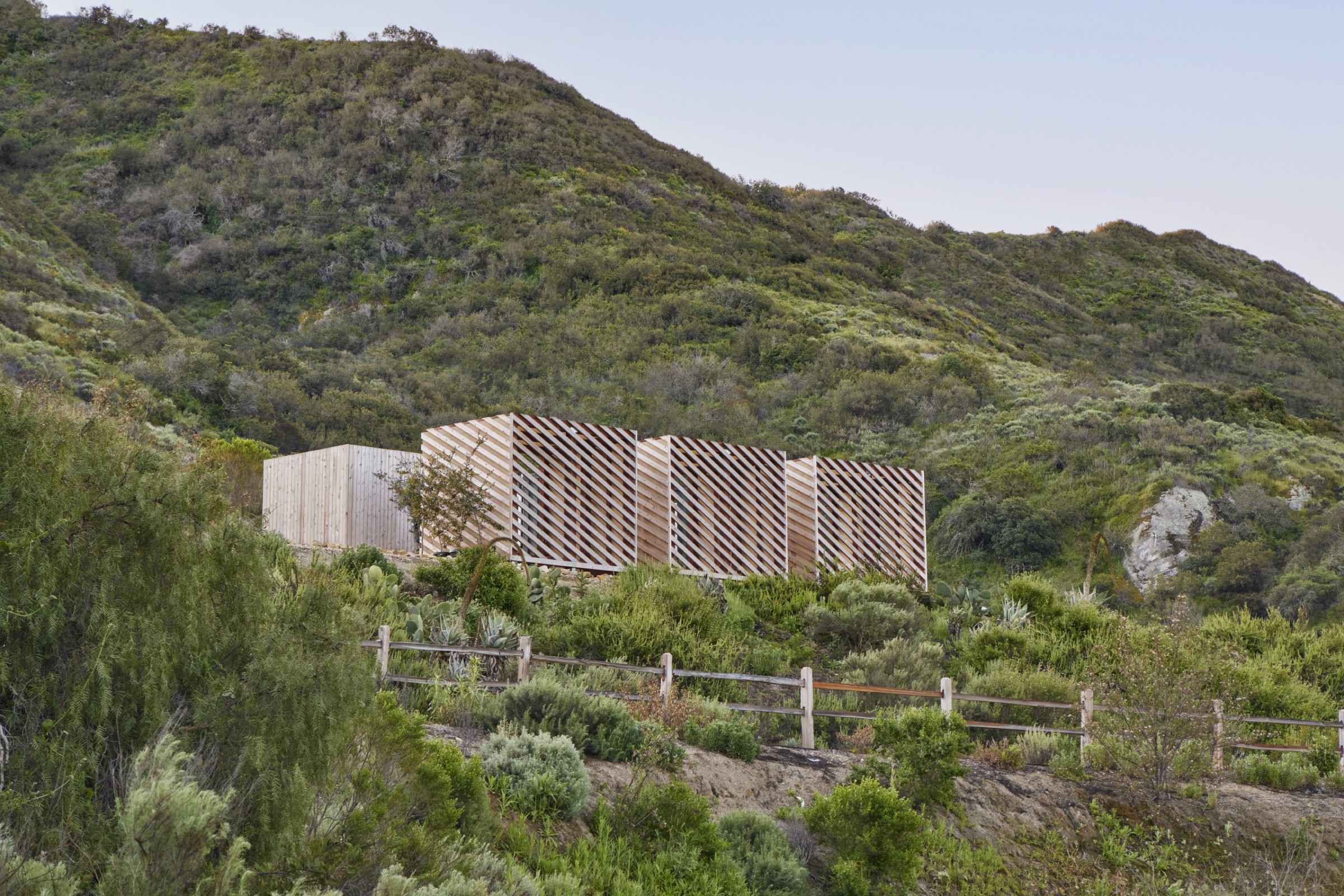
Terremoto is the kind of firm that enthusiastically describes its approach to a recent project as ‘hippie-dippy gooey goodness.’ The landscape architecture design studio with offices in Los Angeles and San Francisco digs a countercultural vibe. After all, they did restore and enhance the landscape of the Sea Ranch Lodge, the historic (and famously hippie modernist) outpost on the Northern California coast master planned by landscape architect Lawrence Halprin.
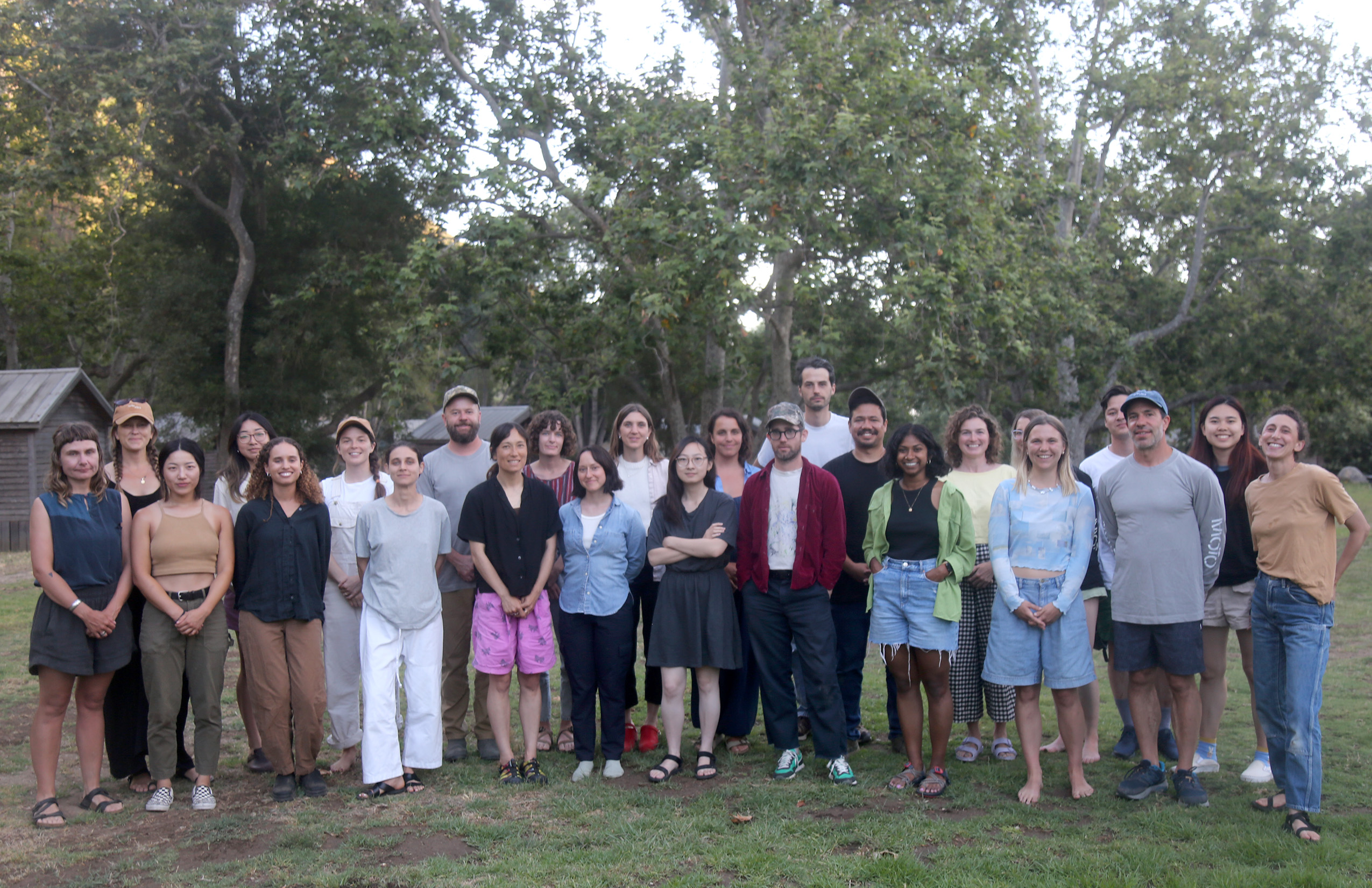
Terremoto: a landscape approach to 'mini habitats'
Their gardens and landscapes are mini habitats—places where people, pollinators (birds and bees), native plants, and even art share the love. In the 7th Avenue Garden, designed in collaboration with artist David Horvitz, a weedy, vacant lot was transformed into a small park made up of a jumble of milkweed, plumeria, and wildflowers. Terremoto added a few chunky wood benches and a deck, and rubble and rebar from the demolished LACMA buildings were shaped into found-object sculptures.
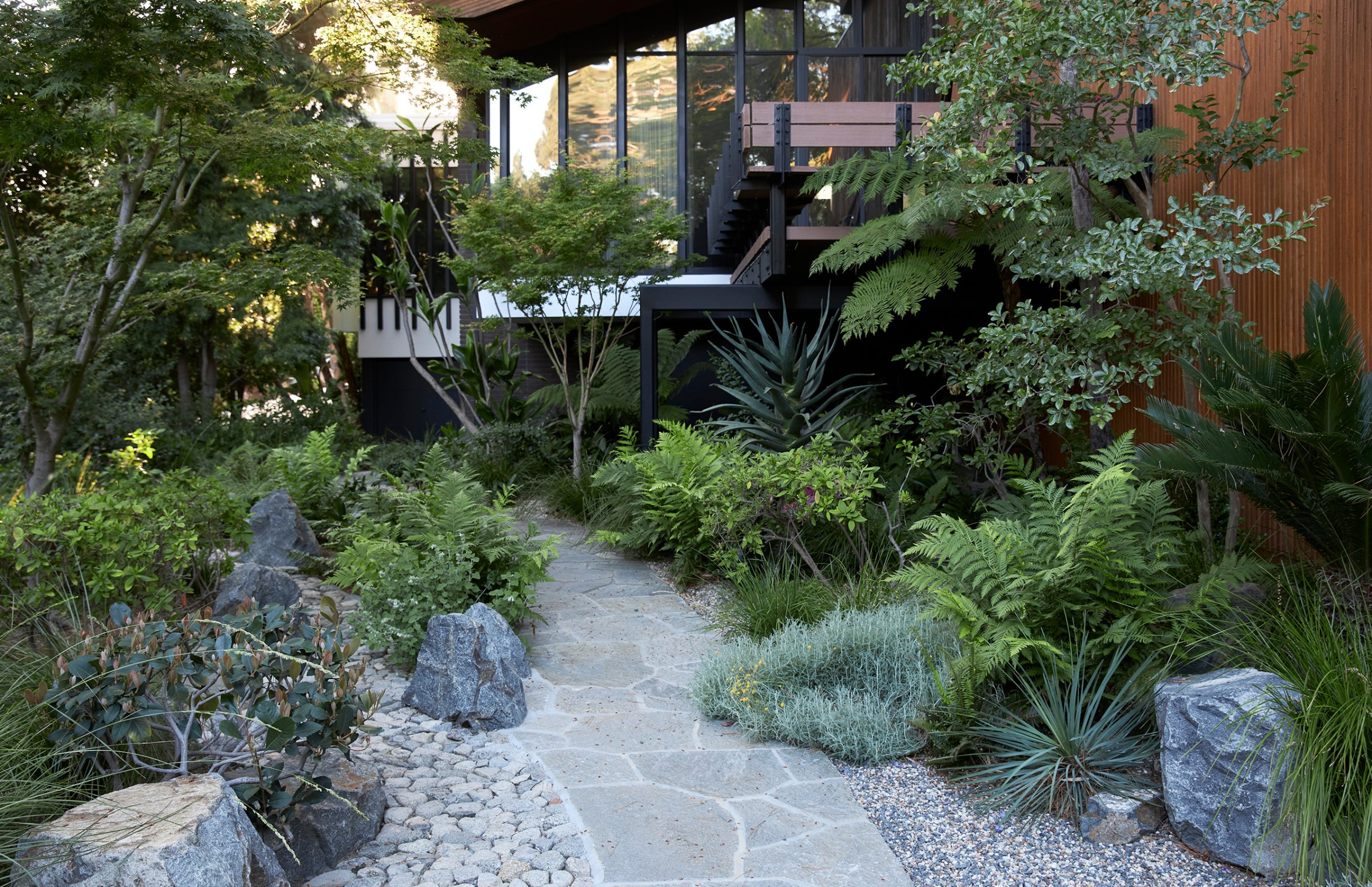
‘It’s our present motivation to build unapologetically ecologically focused landscapes that define a new radical aesthetic; we’re looking for new beauty,’ says David Godshall, who founded the practice with Alain Peauroi in 2013. Jenny Jones and Story Wiggins came on board as partners three years later. In the decade since, it’s grown almost exponentially over a period that includes reckonings around climate crisis, social justice, and labour equity.
As such, the studio has changed its own business model and labour practices, eschewing hang-ups on titles like owner or founder, and instituting an egalitarian profit sharing model. 40% of all profits are dispersed amongst the 26-person team every quarter. ‘It’s not perfect, but we’re trying new things and testing it out as we go along,’ says Godshall.
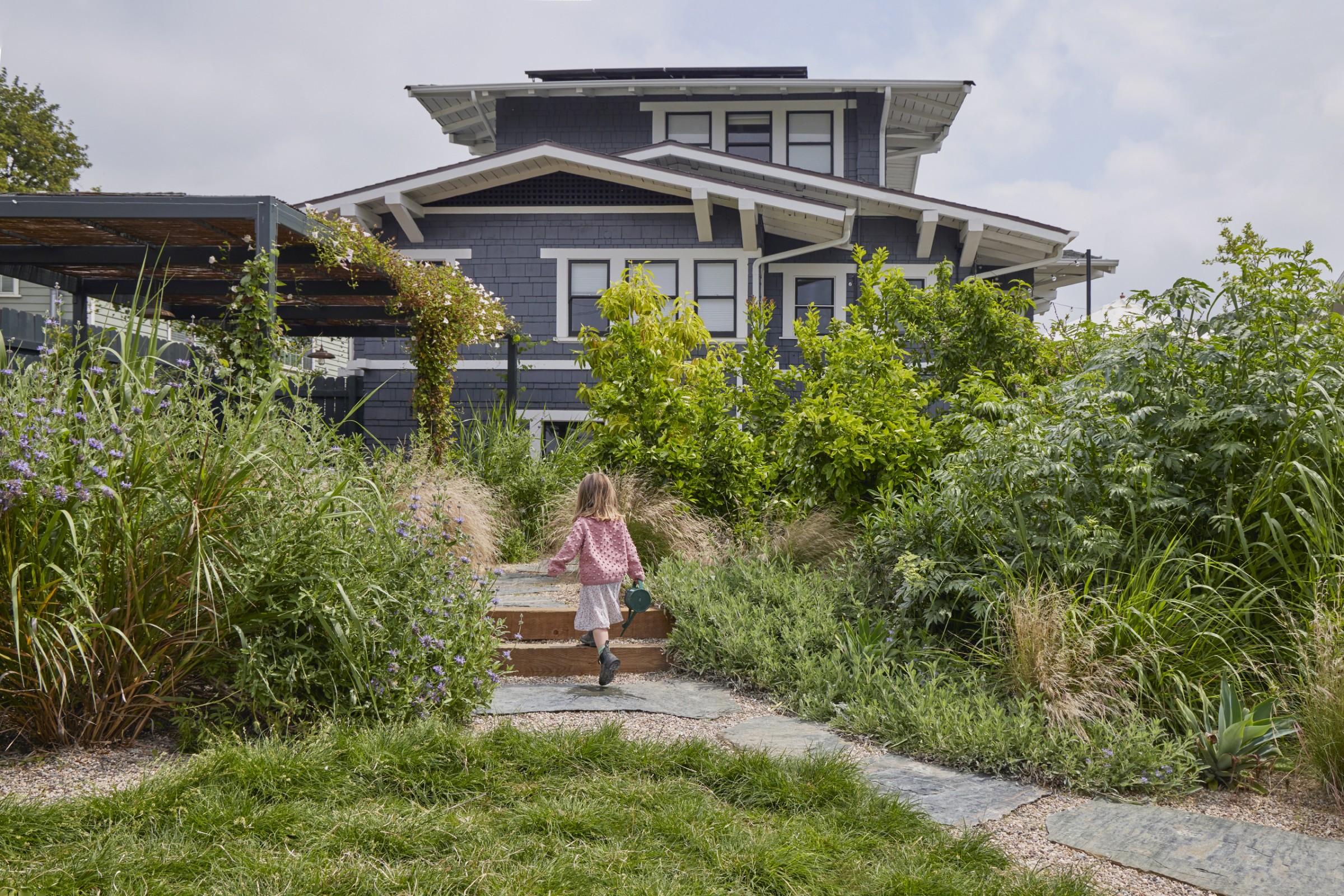
Testing and iterating is at the core of Terremoto’s approach. The office started a ‘test plot’ in Los Angeles’ Elysian Park where they could research biodiversity, foster community land stewardship, and model ways of working with state and city agencies. Private gardens, however, are their primary site of experimentation. It’s where they work to undo the 20th century pastoral, suburban ideal—bright green lawns and privacy hedges—that is hard baked in the California imaginary. ‘We can re-wild our cities quickly and effectively through residential work, simply put,’ he notes, adding that environmental changes can be implemented faster in domestic settings because they are less restricted by the policies and bureaucracy of public space.
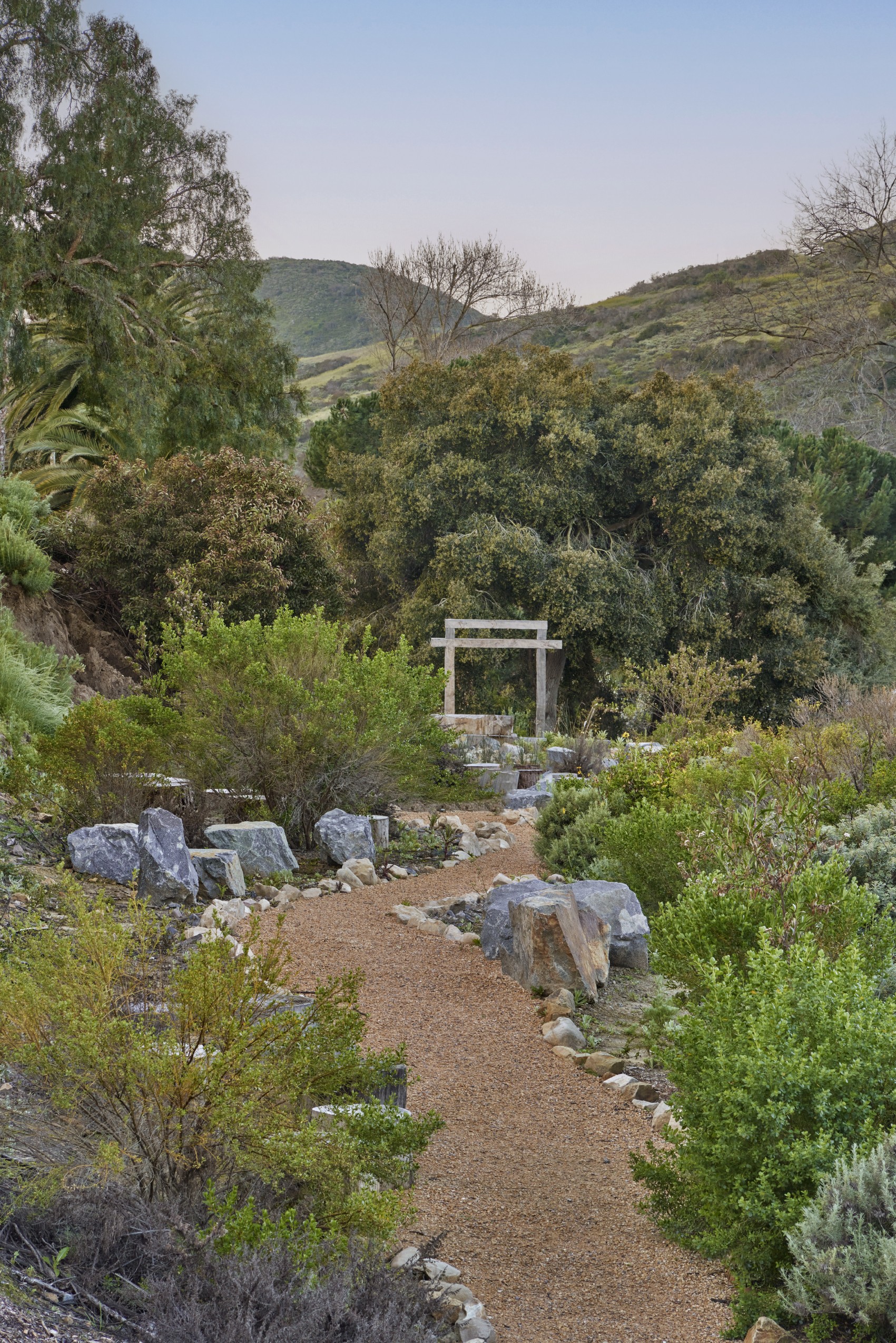
Which is not to say that private projects are simply freewheeling. Ethics and politics guide every Terremoto design from ground up. ‘We believe that gardens are processes, not products; we believe in using local materials and native plants as a way of creating gardens that are ecologically resilient; and we believe that the role of the landscape labourers needs to be elevated and given the proper respect it deserves.’
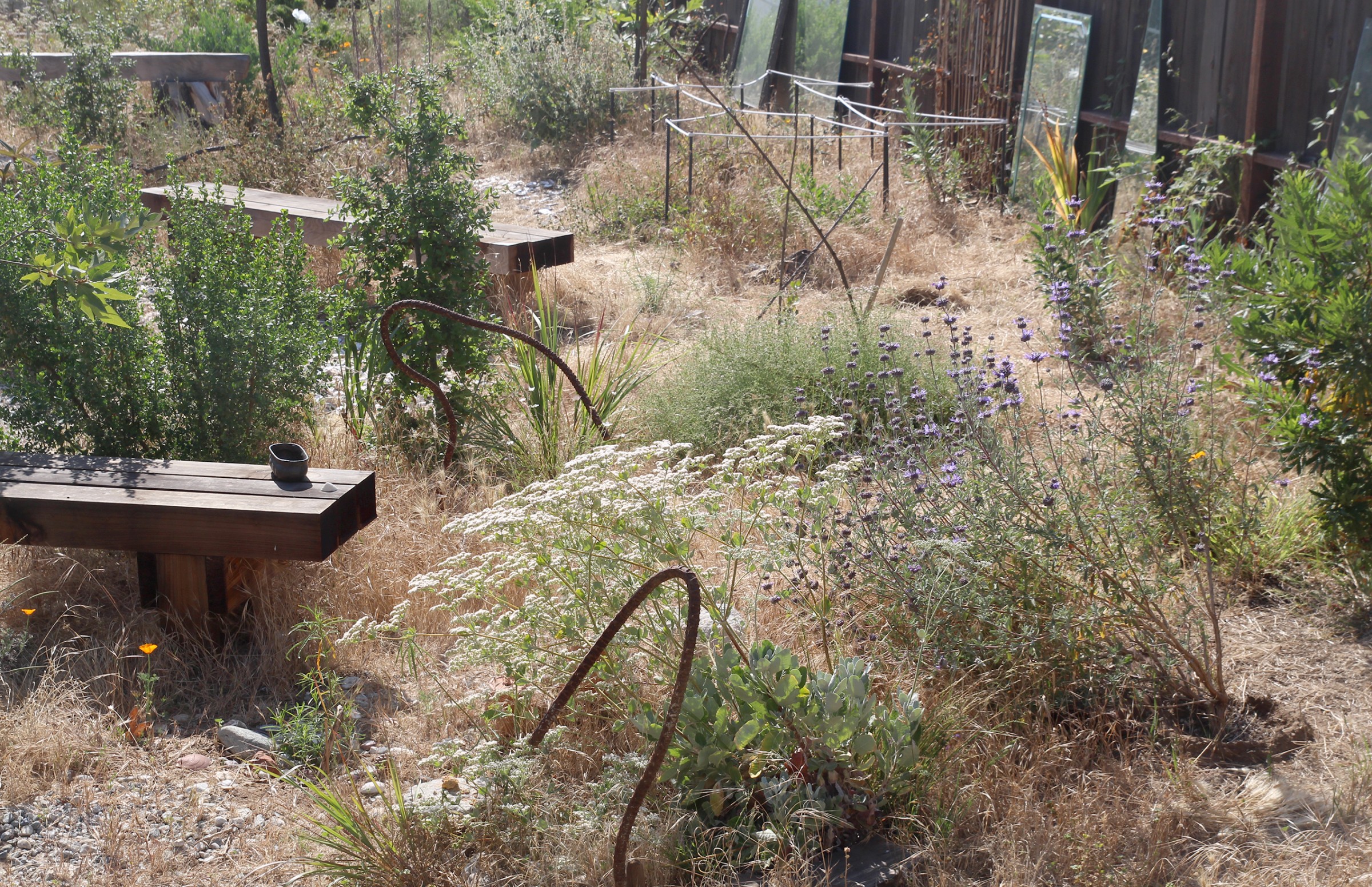
Wallpaper* Newsletter
Receive our daily digest of inspiration, escapism and design stories from around the world direct to your inbox.
-
 All-In is the Paris-based label making full-force fashion for main character dressing
All-In is the Paris-based label making full-force fashion for main character dressingPart of our monthly Uprising series, Wallpaper* meets Benjamin Barron and Bror August Vestbø of All-In, the LVMH Prize-nominated label which bases its collections on a riotous cast of characters – real and imagined
By Orla Brennan
-
 Maserati joins forces with Giorgetti for a turbo-charged relationship
Maserati joins forces with Giorgetti for a turbo-charged relationshipAnnouncing their marriage during Milan Design Week, the brands unveiled a collection, a car and a long term commitment
By Hugo Macdonald
-
 Through an innovative new training program, Poltrona Frau aims to safeguard Italian craft
Through an innovative new training program, Poltrona Frau aims to safeguard Italian craftThe heritage furniture manufacturer is training a new generation of leather artisans
By Cristina Kiran Piotti
-
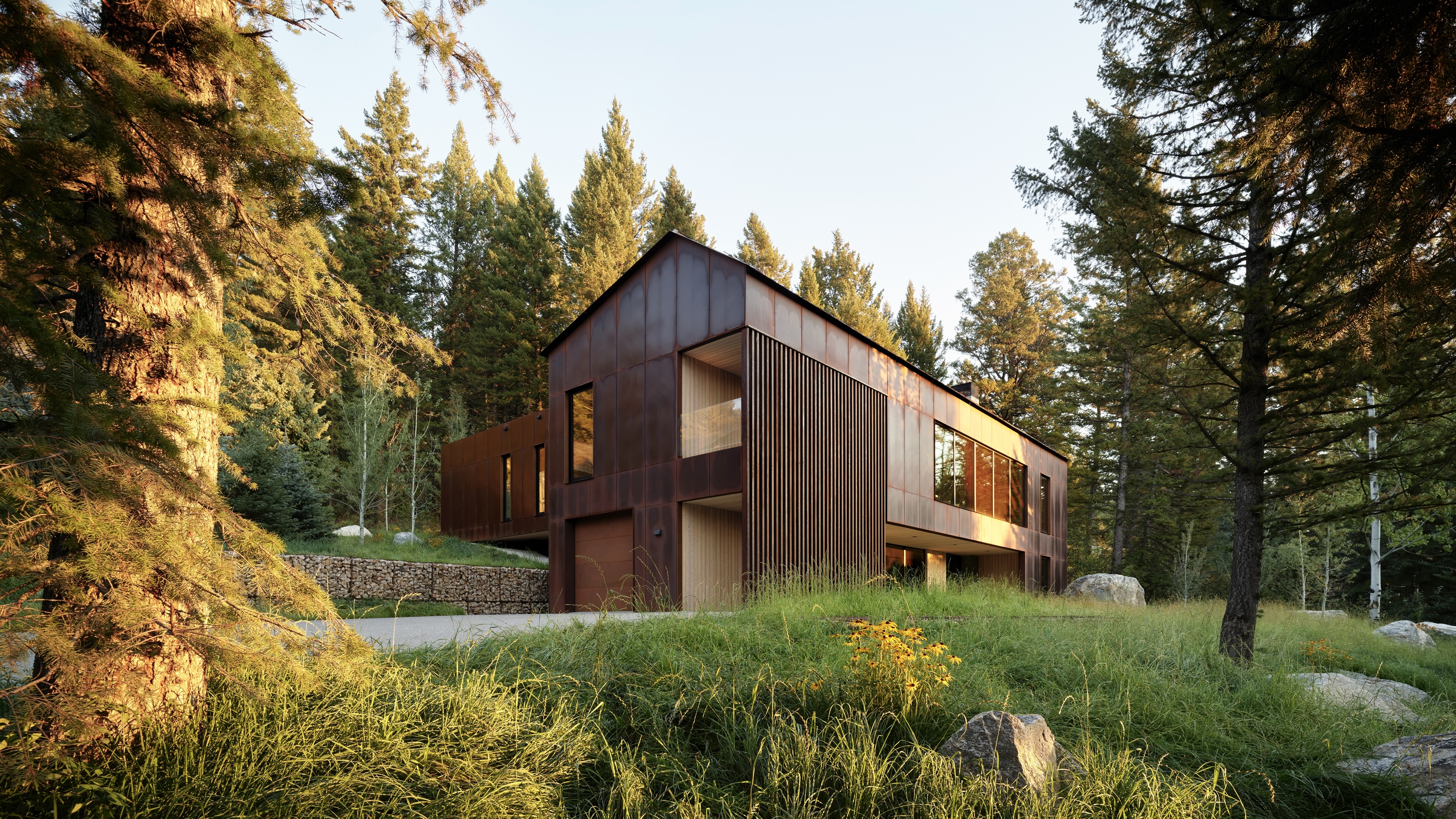 This minimalist Wyoming retreat is the perfect place to unplug
This minimalist Wyoming retreat is the perfect place to unplugThis woodland home that espouses the virtues of simplicity, containing barely any furniture and having used only three materials in its construction
By Anna Solomon
-
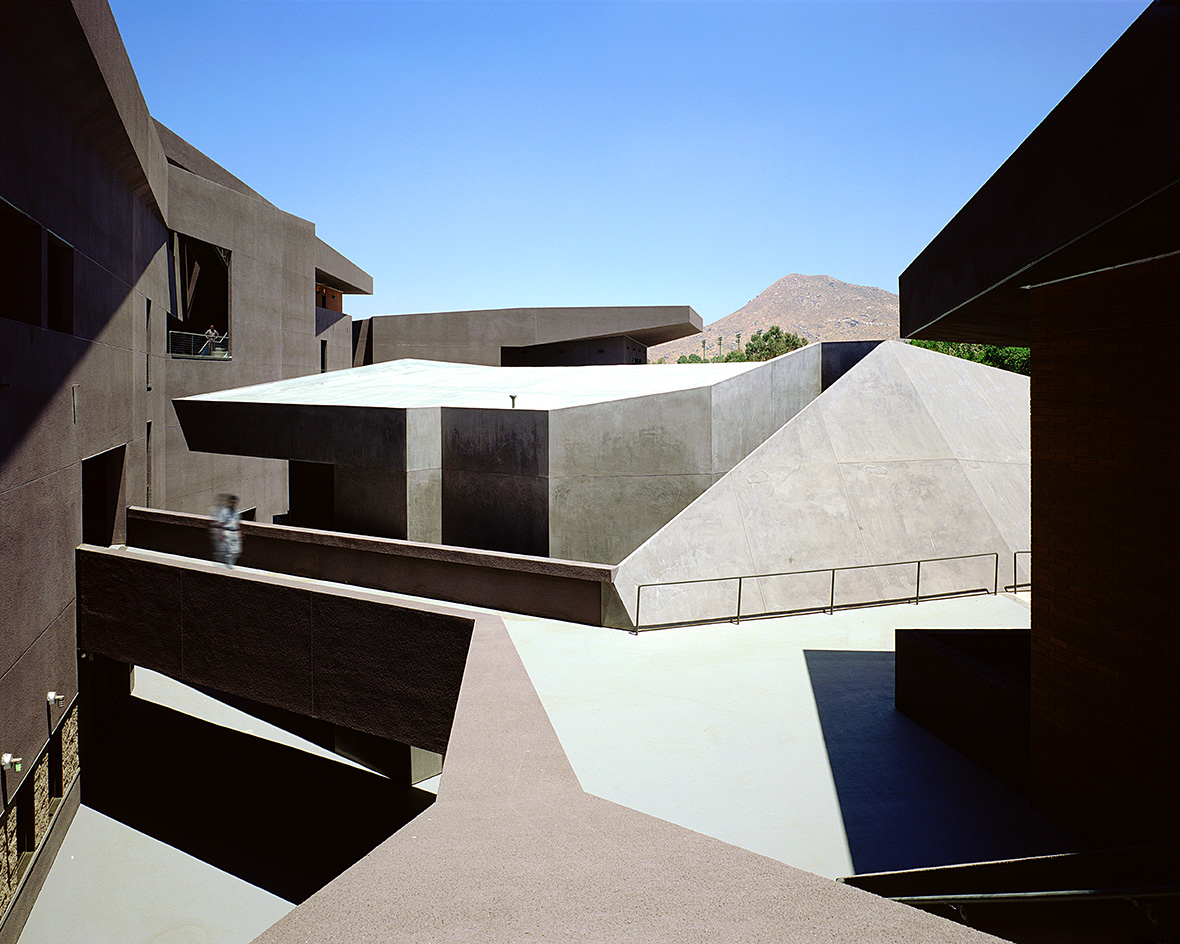 We explore Franklin Israel’s lesser-known, progressive, deconstructivist architecture
We explore Franklin Israel’s lesser-known, progressive, deconstructivist architectureFranklin Israel, a progressive Californian architect whose life was cut short in 1996 at the age of 50, is celebrated in a new book that examines his work and legacy
By Michael Webb
-
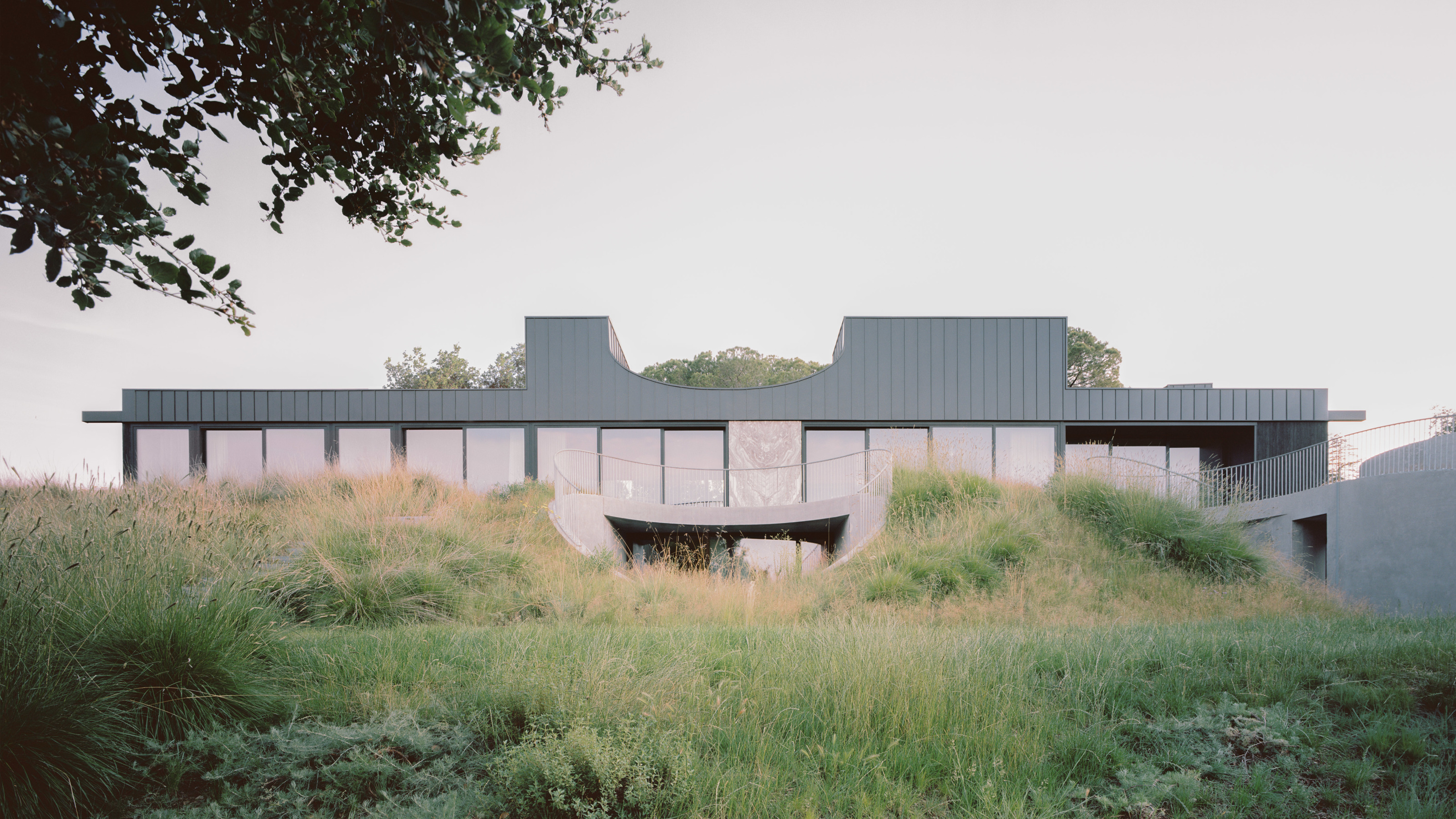 A new hilltop California home is rooted in the landscape and celebrates views of nature
A new hilltop California home is rooted in the landscape and celebrates views of natureWOJR's California home House of Horns is a meticulously planned modern villa that seeps into its surrounding landscape through a series of sculptural courtyards
By Jonathan Bell
-
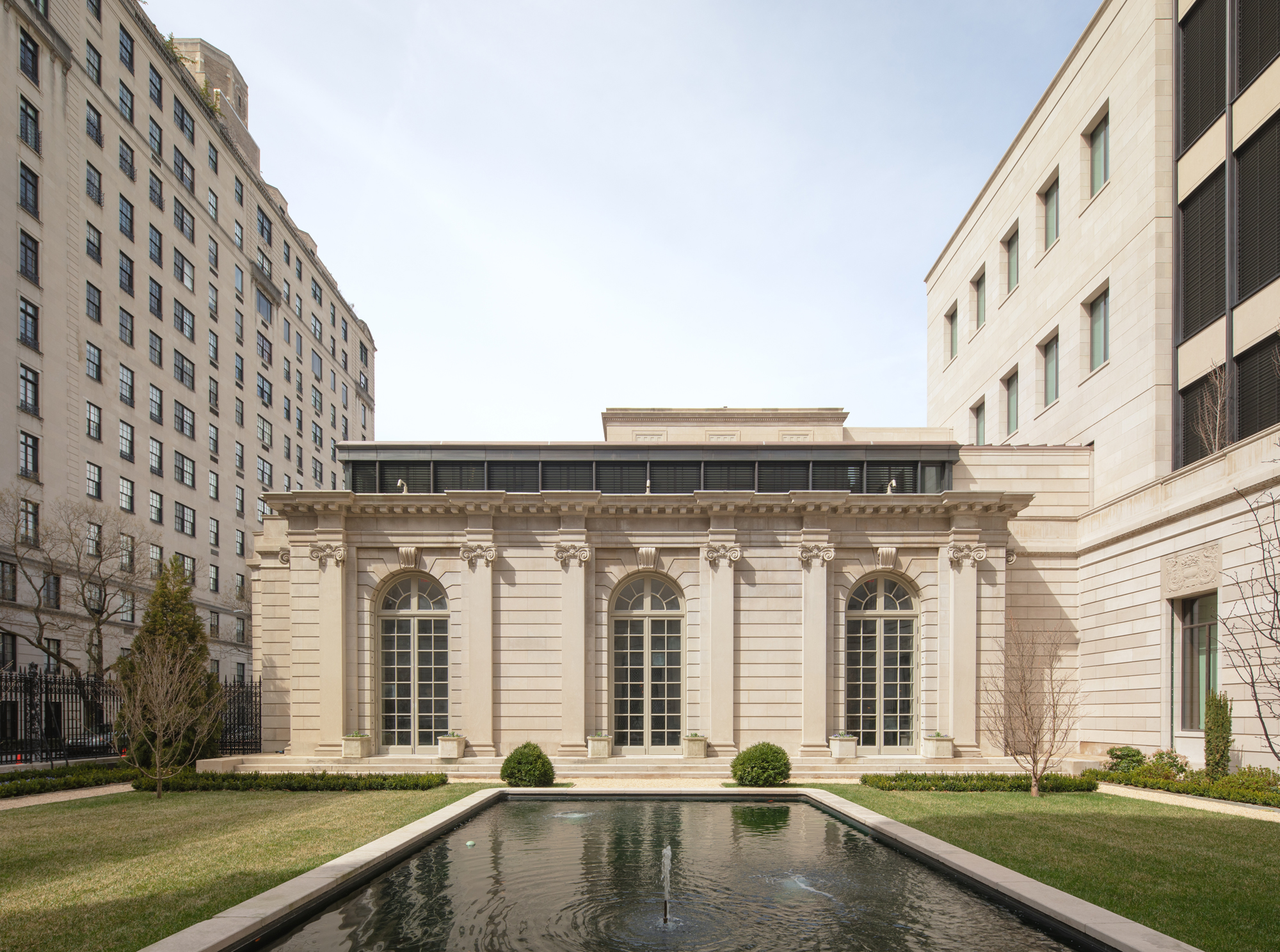 The Frick Collection's expansion by Selldorf Architects is both surgical and delicate
The Frick Collection's expansion by Selldorf Architects is both surgical and delicateThe New York cultural institution gets a $220 million glow-up
By Stephanie Murg
-
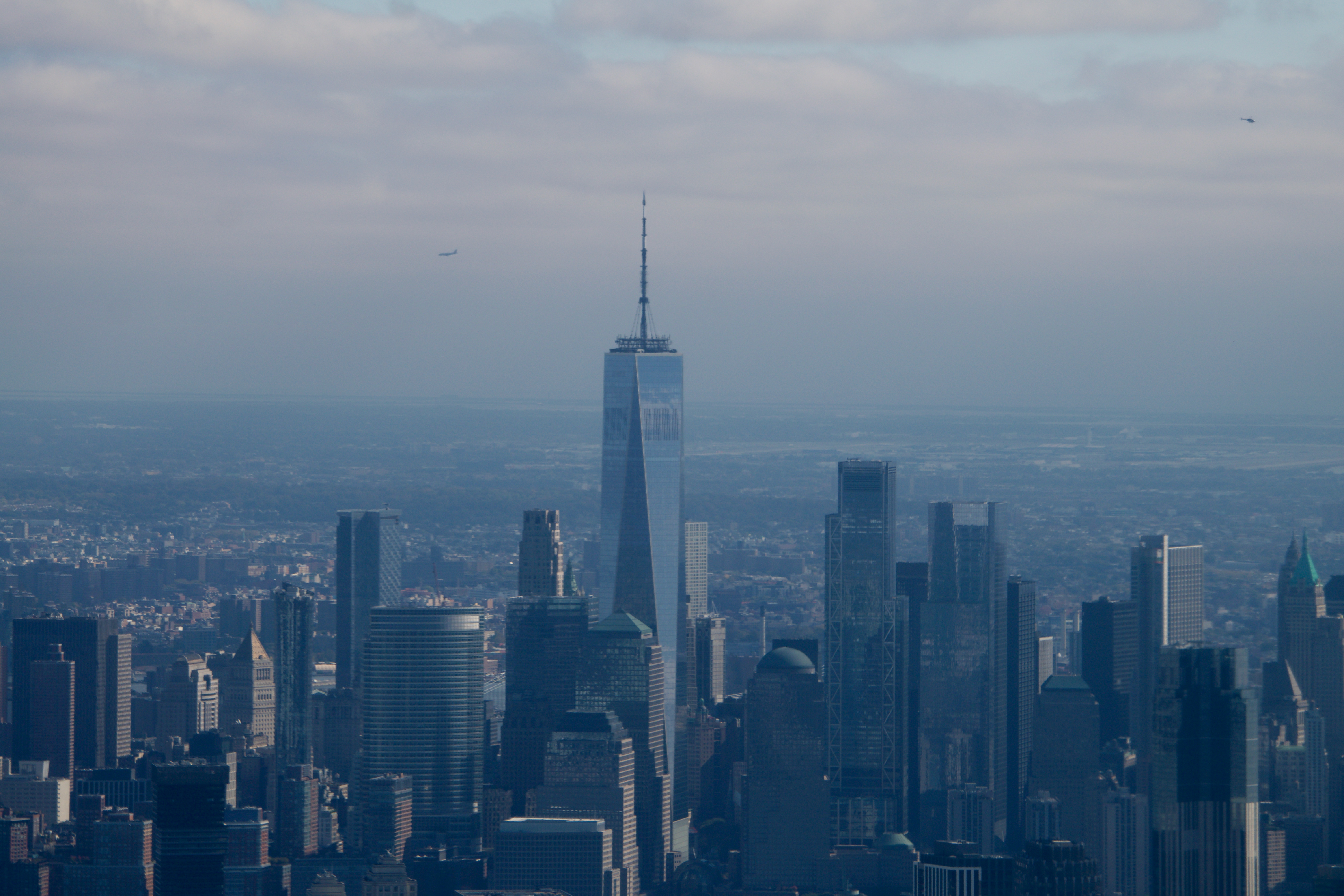 Remembering architect David M Childs (1941-2025) and his New York skyline legacy
Remembering architect David M Childs (1941-2025) and his New York skyline legacyDavid M Childs, a former chairman of architectural powerhouse SOM, has passed away. We celebrate his professional achievements
By Jonathan Bell
-
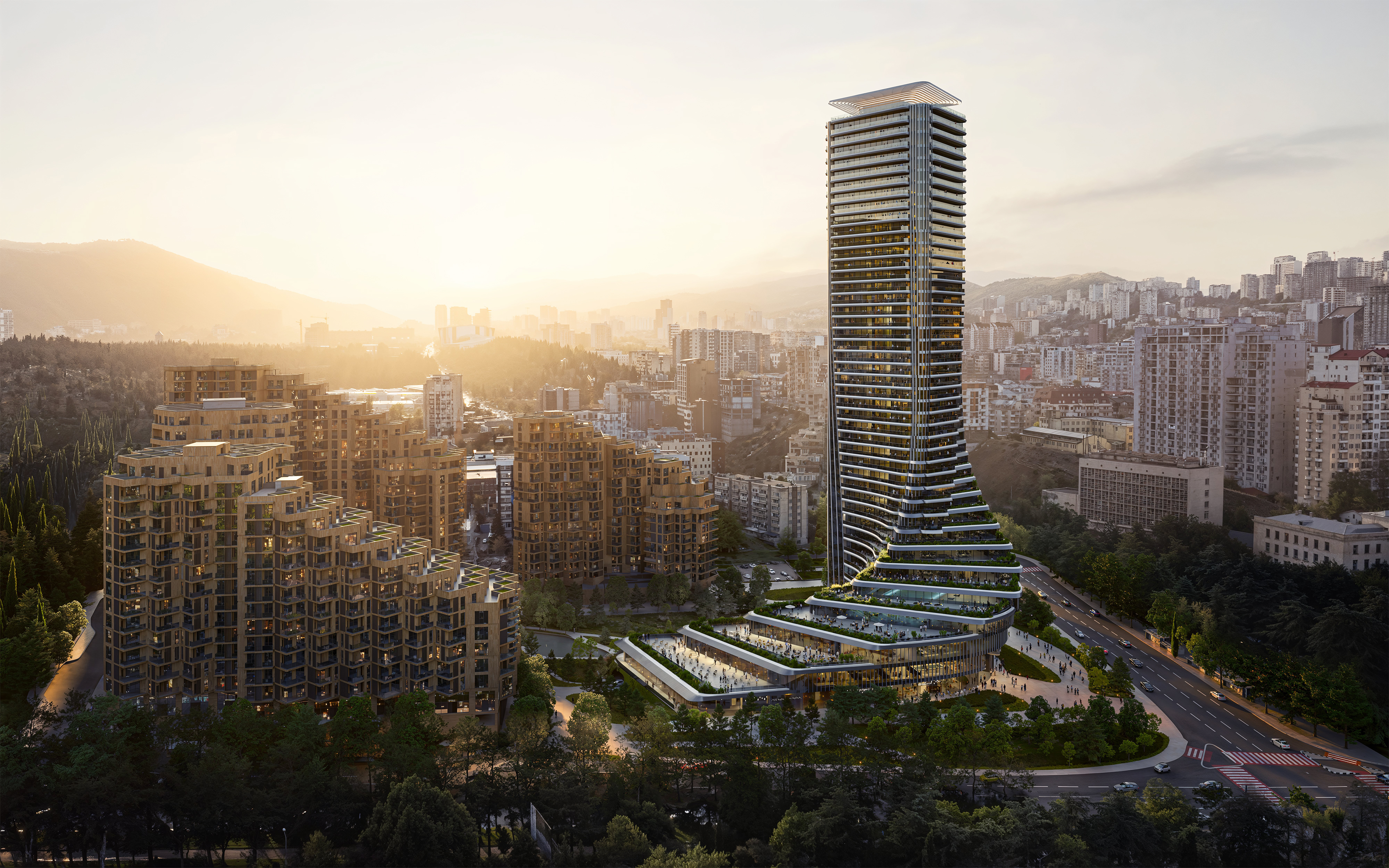 The upcoming Zaha Hadid Architects projects set to transform the horizon
The upcoming Zaha Hadid Architects projects set to transform the horizonA peek at Zaha Hadid Architects’ future projects, which will comprise some of the most innovative and intriguing structures in the world
By Anna Solomon
-
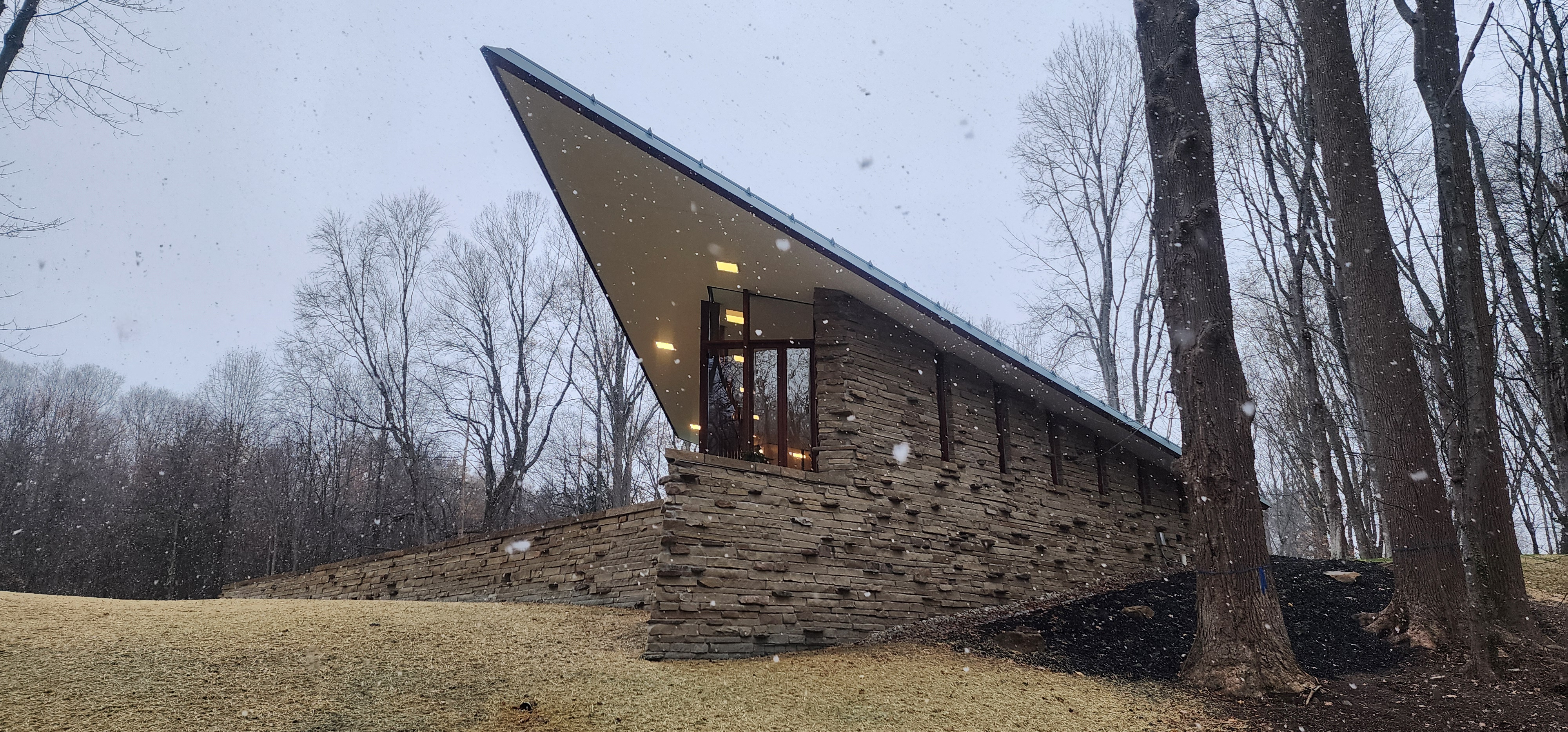 Frank Lloyd Wright’s last house has finally been built – and you can stay there
Frank Lloyd Wright’s last house has finally been built – and you can stay thereFrank Lloyd Wright’s final residential commission, RiverRock, has come to life. But, constructed 66 years after his death, can it be considered a true ‘Wright’?
By Anna Solomon
-
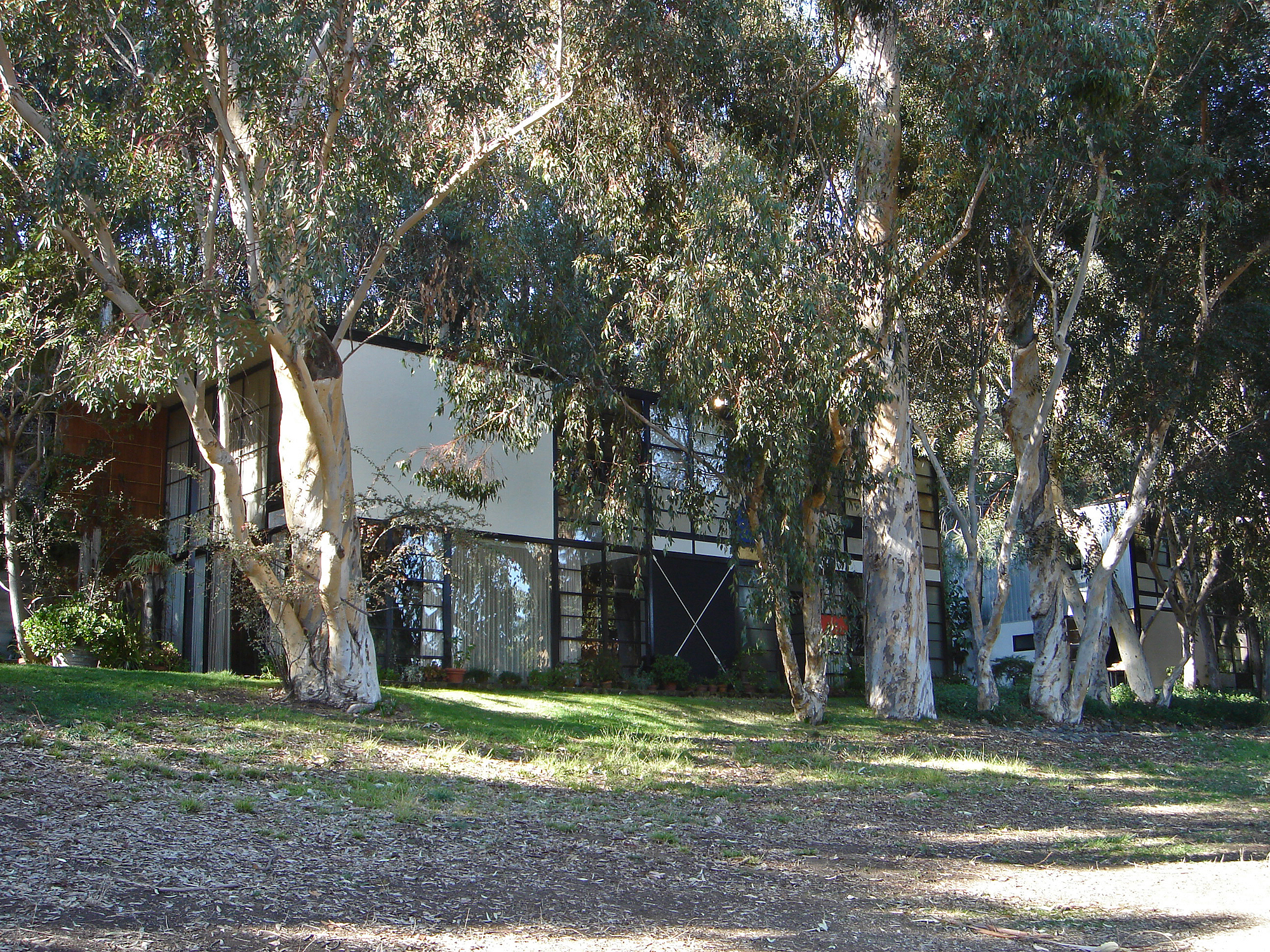 Heritage and conservation after the fires: what’s next for Los Angeles?
Heritage and conservation after the fires: what’s next for Los Angeles?In the second instalment of our 'Rebuilding LA' series, we explore a way forward for historical treasures under threat
By Mimi Zeiger